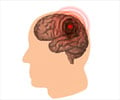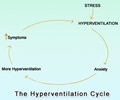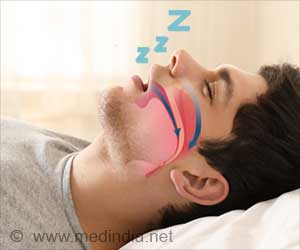Experiments on mice have shown that delivering neuroprotective drugs to the brain using a nasal aerosol spray may help prevent the death of brain cells after stroke.
UT Health Science Center San Antonio researchers point out that current treatments for stroke include clot-busting drugs and surgery that must be administered within a few hours of the beginning of symptoms.They say that aerosol can be effective in crucial hours before the actual treatment begins.
After three hours, surgery is often necessary to bust the clot or retrieve it, and after six hours, it is difficult to limit stroke damage by any means.
The researchers claim that aerosol drug delivery through the olfactory nerve can potentially expand that window.
The drugs are delivered via the olfactory nerve, which controls the sense of smell.
In humans, connections from this nerve extend to areas controlling speech, comprehension and opposite-side movement, all of which may be damaged by an ischemic stroke resulting in devastating disabilities. Ischemia is a lack of oxygen resulting from clots blocking blood vessels.
Advertisement
During the study, the method has proven effective in a mouse model of stroke.
Advertisement
In treated mice, the volume of brain tissue killed by stroke is two-thirds less than that of untreated mice, he added.
"Most importantly, we have seen significant improvement in neurological outcome after stroke with this treatment, including motor function and behavioral measures such as ability to navigate a maze," said Digicaylioglu.
If the treatment is approved for use in humans, it is plausible to assume it could be carried aboard ambulances as a frontline therapy for immediate care of stroke patients.
Source-ANI
SRM














